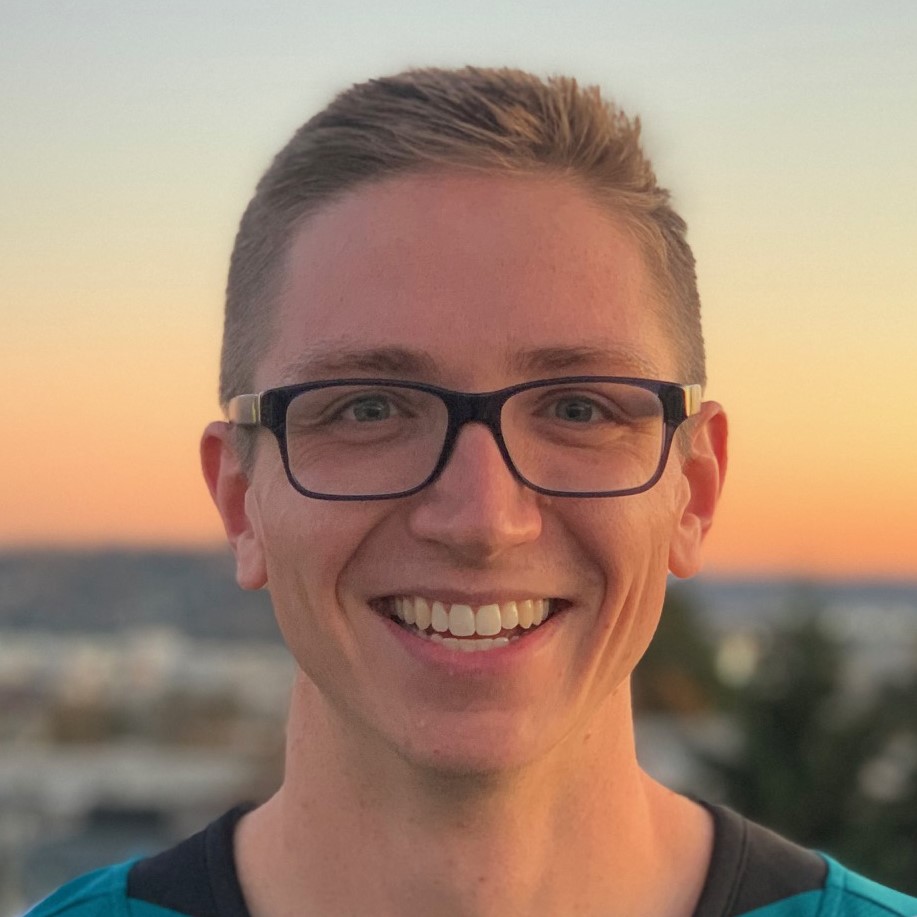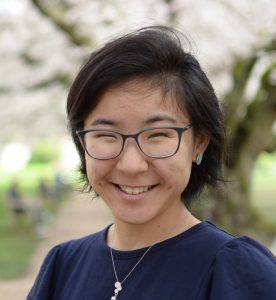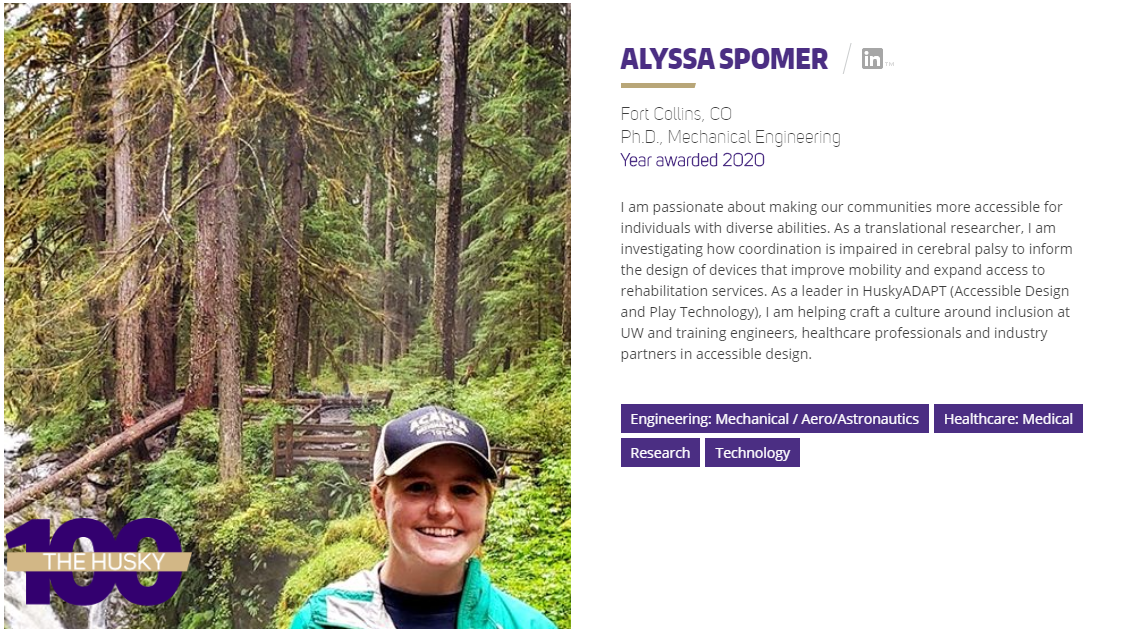 Elijah Kuska passed the Mechanical Engineering Ph.D. student qualifying examination. After passing, Elijah is now officially a Ph.D. candidate in Mechanical Engineering. Congratulations Elijah!
Elijah Kuska passed the Mechanical Engineering Ph.D. student qualifying examination. After passing, Elijah is now officially a Ph.D. candidate in Mechanical Engineering. Congratulations Elijah!
Awards
Momona announced as the winner of the CNT Fernando Family Fund Best Student Paper Award!
 We are proud to announce that Momona Yamagami was selected as the winner of the first annual CNT (Center for Neurotechnology) Fernando Family Fund Best Student Paper award for her paper titled, “Decoding Intent With Control Theory: Comparing Muscle Versus Manual Interface Performance”. The best paper award was selected based on its significance and potential impact, its technical content, the originality of the proposed research, and the clarity of the solutions presented. Congratulations to Momona!
We are proud to announce that Momona Yamagami was selected as the winner of the first annual CNT (Center for Neurotechnology) Fernando Family Fund Best Student Paper award for her paper titled, “Decoding Intent With Control Theory: Comparing Muscle Versus Manual Interface Performance”. The best paper award was selected based on its significance and potential impact, its technical content, the originality of the proposed research, and the clarity of the solutions presented. Congratulations to Momona!
Michael Rosenberg awarded the Gatzert Child Welfare Fellowship
Elijah Kuska named TL1 scholar, 2020 Cohort
We are very proud to announce that Elijah Kuska is part of a cohort of new trainees in the Institute of Translational Health Sciences (ITHS) TL1 Translational Research Training Program. This is a one-year mentored research training program in translational science in a cross-disciplinary community with training, career development, and team science skills.
Project Title: “Analyzing the complex interaction between impaired neuromuscular and musculoskeletal system to determine if gait abnormalities of children with cerebral palsy are advantageous”. Congratulations Elijah!
Alyssa Spomer 2020 ‘Husky 100’ Awardee
Congratulations to Alyssa Spomer for being awarded the Husky 100. This award recognizes 100 students who are making the most of their time at UW through coursework, research, volunteer and leadership efforts, internships, and jobs: they have created their own Husky Experience.
Please help us in congratulating and welcoming Alyssa into the 2020 Husky 100 class!


